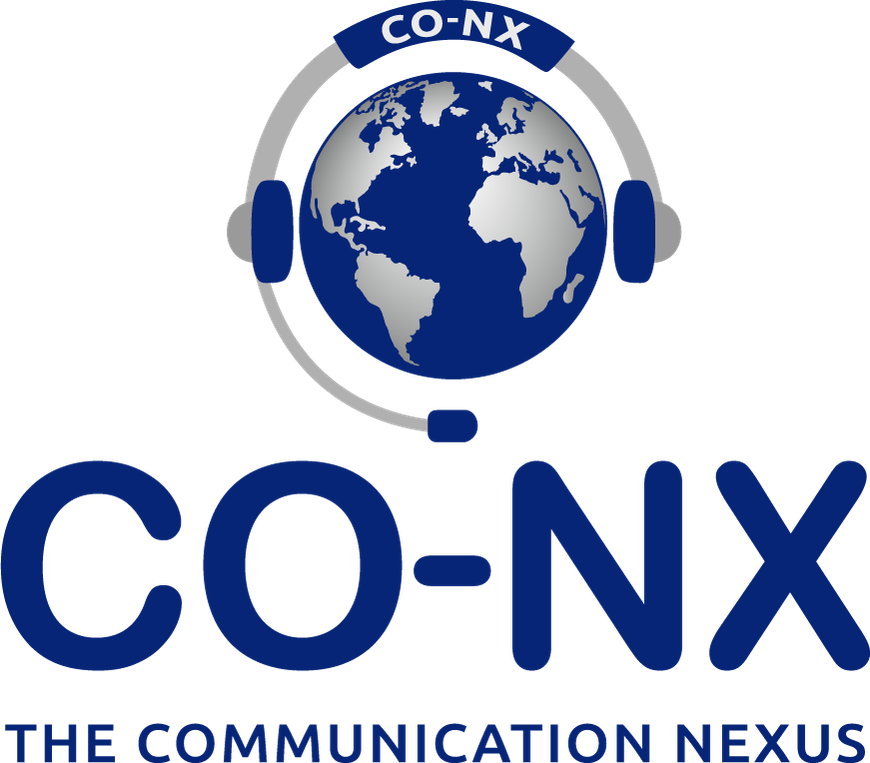The Communication Nexus
Interpreting Services
Interpretation involves verbally translating thoughts and expressions from a source to a target language. After rigorous vocabulary, memory, and note-taking training, professional interpreters adeptly select the most suitable mode based on specific situations, reflecting a commitment to precise and expert communication.
Modes of Interpretation
Simultaneous Interpretation
Interpreters speak almost simultaneously with a 2–3-word lag.
Uses technical aids, often in pairs, from soundproof booths or portable systems.
Common at conferences, international meetings, and parliamentary sessions.
Whispering /Chuchotage interpreting
Interpreter whispers without technology, suitable for bilateral meetings, political discussions, and business meetings.
Consecutive Interpretation
Speakers and interpreters take turns, with the speaker pausing for translation.
They are used in various settings like conference calls, business meetings, and court proceedings.
PACKAGES
Three interpretation packages—Basic, Plus, and Premium—are available, offering varying services such as simultaneous or consecutive interpretation, transport arrangements, agenda planning, educational programs, and equipment hires.
Contact us: info@co-nx.uk
CO-NX LTD is registered in England and Wales. Company No.11968882





